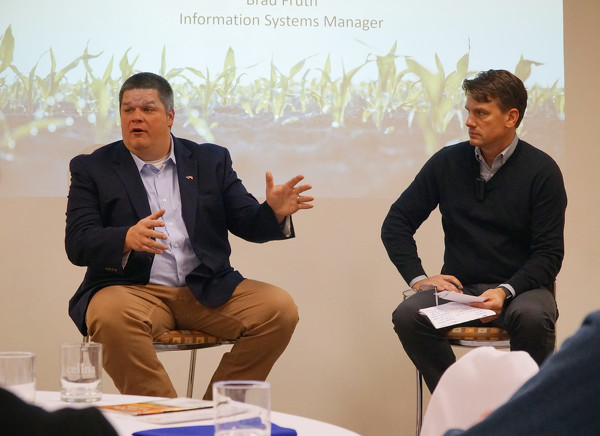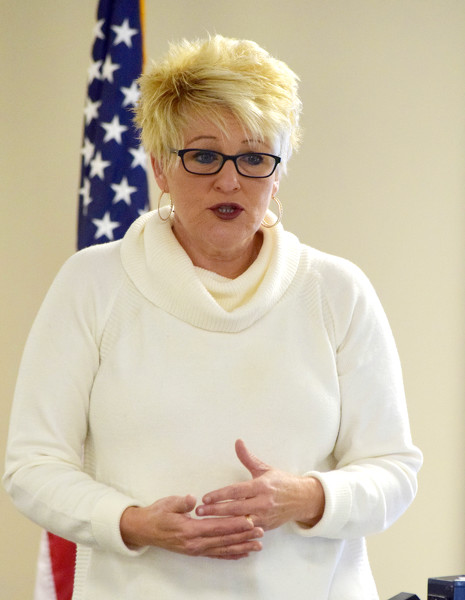Thursday, December 5th, 2019
Efforts to clean Grand Lake appear successful
By Sydney Albert
ST. MARYS - Grand Lake may not be completely healthy just yet, but local work to improve water quality have made the effort a model for others across the nation as toxic algal blooms have become more widespread.
Stephen Jacquemin, an associate professor of biology and research coordinator at Wright State University-Lake Campus, told members of the St. Marys Rotary Club on Wednesday that Grand Lake had been one of the most nutrient-polluted lakes in the nation. The lake is not completely healthy yet, he said, but local efforts to improve water quality including experimentations with cover crops, changes in manure application for agriculture and the restoration of wetlands surrounding the lake, have made progress.
Grand Lake's microcystin levels have been trending downward, he said. Earlier this year, Jacquemin announced the lake's microcystin toxins produced by blue-green algae were at their lowest levels in the past seven years.
"The reality is we have to cut the nutrients down. We have to cut the nitrogen. We have to cut the phosphorus, and if we can do those two things … we can reduce the prevalence of harmful algal blooms," he said.
Nutrients such as nitrogen and phosphorus, which are often introduced into the lake as runoff from agricultural manure, feed blue-green algae blooms, which in turn can produce neurotoxins such as microcystin. According to Jacquemin, Grand Lake's issues are the result of nutrient buildup over the course of the past century and from its design as a manmade lake.
Grand Lake was created wide but shallow, meaning substances that flow into the lake accumulate more quickly, he said. With the region being one of the most productive agricultural areas in the state, agricultural runoff over the past century built up quickly.
After a major algal bloom that affected the economy and cut area home values, people finally took notice and mobilized, he said.
"The number of cover crops that went out during the off-planting months went through the roof," he said. "The number of manure stewardship programs that were being followed around the watershed went through the roof. The number of wetlands that we had in this region went through the roof. The amount of communication that we had locally through programs like Ag Solutions, again, it skyrocketed. We started to see communication. We started to see people work toward real solutions."
Jacquemin said he'd been studying water quality for a long time and had never heard of a system where changes became apparent as quickly as they have at Grand Lake.
"Everybody wants the same thing - they want clean water for themselves, and they want clean water for their children," he said.
The restored wetlands in the area represent some of the most impressive wetlands in the state in terms of nutrient removal, Jacquemin said. The wetlands are models for officials trying to clean up Lake Erie and people on the East Coast and in the Gulf of Mexico looking to restore their wetland habitats.
"We've fielded a lot of phone calls. We've had a lot of people visit, looking at our community for help," he said. "I don't want to sugarcoat it and say 'we're back, we've got a clean lake,' right? That's not the truth. But it would be a mistake not to look at it and say 'OK, we're making progress.' We're making incredible progress."
The farmers alone can do only so much in conservation practices, he continued. The simple truth is more wetlands need to be restored in the area. Northwestern Ohio, at one point in time, was once a giant swamp, which is one of the reasons the area's agricultural land is so productive, he said.
"We spent a century destroying our wetlands," Jacquemin said. "We got rid of our wetlands. And when the last wetland went down, all of these water quality issues start to perk up."
A clear relationship can be seen between the decline of wetlands and the rise of water quality issues, he said. Restoring natural habitat such as wetlands, which help absorb nutrient runoff, is a crucial step in water quality recovery.





